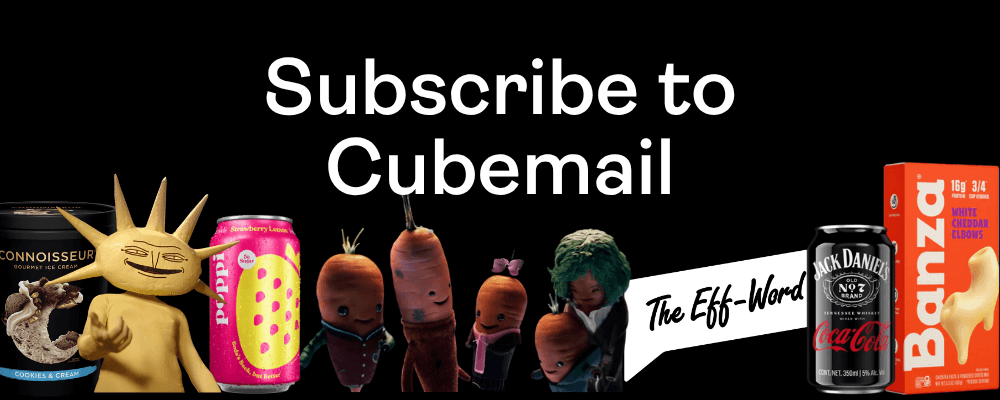
Unfortunately, Internet Explorer is an outdated browser and we do not currently support it.
To have the best browsing experience, please use Google Chrome, Firefox, Microsoft Edge or Safari.
We use cookies to improve your experience on our website. By continuing to browse this website, you agree to our use of cookies. For more information, please refer to our privacy policy.

This is a self-funded case study using our Ad Testing solution.
Tapping into warmth and sentimentality surrounding the festive period has been a common strategy of brands over the years. This has escalated further in more recent times, with the emergence of COVID-19 prompting marketers to adapt their tone of voice to mirror the current societal landscape.
That being said, while a number of brands have chosen to persist with sentimental approaches in 2021 (e.g., Amazon), success has been had by those making a concerted effort to stand out from the crowd and do something a Lidl different.
Departing from its animated approach in 2020, Lidl took a futuristic look at Christmas this year. The ad took viewers through a repeated loop of the exact same dinner party scene which becomes increasingly more space-age each time.
How did it land with consumers? We tested it using our 3 C’s framework:
Of the eight UK grocers we tested this Christmas, Lidl’s ‘Big on a Christmas you can always believe in’ was by far and away the most unique and distinctive. Mixing comedy and surrealism into one proved to be a recipe for success. Seeing the exact same scenario play out, involving the main character taking a turkey out of the oven and cutting it in increasingly elaborate ways, proved humorous for many.
However, this was a double-edged sword. While each new loop doubled down on the surreal vibe, the repetition grated on some people. As a result, while the ad grabbed attention, it wasn’t all for the right reasons.

Brand involvement was strong throughout — cues such as the red/blue/yellow jumper worn by the host worked in tandem with on-going references to products available at Lidl. Despite this, not everyone viewed the approach as a good fit with the brand. While the quirky and eccentric humor aligned somewhat with what people are used to (Lidl has dabbled with this style in past Christmas campaigns), crossing the line into annoyance and irritation was out-of-sync with expectations of the brand.

The intended light-hearted humor didn’t land in the exact way the brand was hoping. Irritation caused by repetition of the same jokes, together with the eccentric characters, inhibited greater emotional warmth from being transferred onto Lidl. However, ongoing emphasis on low prices ensured messaging around Lidl always being “Lidl on prices” was clearly taken away. As a result, persuasion was stronger than a lot of other grocery retailers.

Humor, music, memorable characters, and storytelling were all deployed with varying success by Lidl, and we’ve repeatedly seen how powerful these levers can be — featuring in many of the year’s strongest performers. However, while we’ve spoken at length about the importance of distinctiveness this festive season, an advertisers’ ultimate goal is to leave people feeling good about the brand.
Therefore, this means being very careful when using humor. It’s an underutilized mechanism by advertisers, largely because of the risks associated with getting it wrong. While there are many different ways humor can be deployed, the most important thing is ensuring it’s landing with the target audience in the intended way — and the only way to find out is by testing. Luckily, Cubery offers fast and cost-effective solutions to provide advertisers with peace of mind.

Check out our full Christmas Ad Testing leaderboard.
Want to test your own advertising, packaging, or product ideas? Cubery combines a team of creative effectiveness experts with cutting-edge technology, bridging the gap between creativity and commercial impact. Get in touch to learn how we can unlock growth for your brand.
